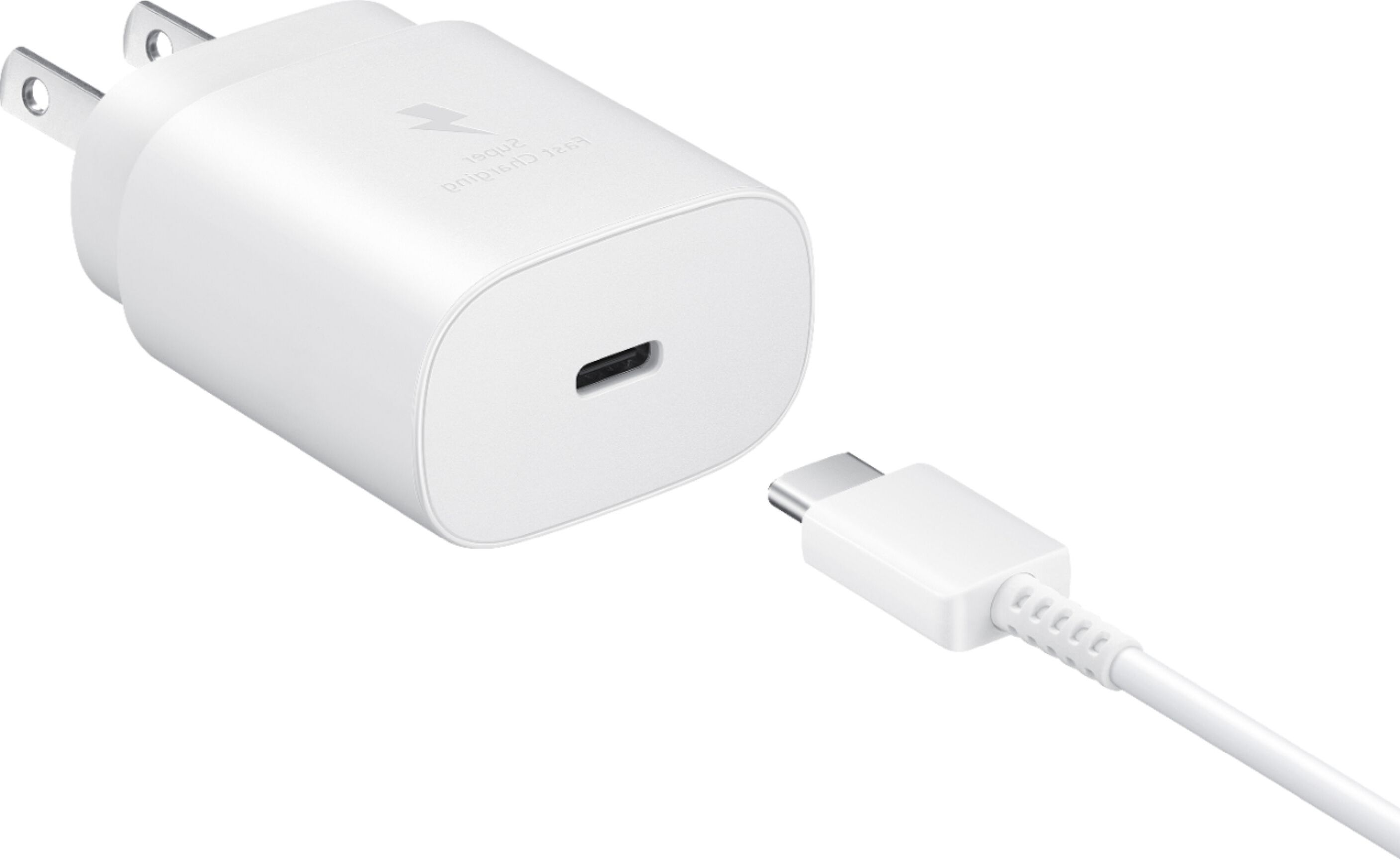
Understanding the Basics of Android Charging
Before selecting an Android charger, understanding how charging works is essential. Smartphones use various charging protocols such as USB Power Delivery (PD), Programmable Power Supply (PPS), and proprietary standards like QuickCharge and SuperVOOC. Each protocol has specific requirements and limitations that must match the chosen charger.
Key Factors to Consider When Choosing an Android Charger
Price
Quality Android chargers are available at reasonable prices. However, cheaper options might not last long or deliver optimal performance.
Product Quality
Investing in a reliable product is crucial. Brands like Anker or Baseus are known for their durable and efficient charging solutions.
Compatibility
Ensure the charger matches your Android device's power output and port requirements. For example, a Samsung Galaxy S24+ needs a charger supporting Samsung's 45W Super Fast Charging technology.
Charge Time
Fast charging technologies like USB PD and PPS can significantly reduce charging time, making them ideal for those who don't charge devices overnight.
Extra Features
Features like QI fast charging, wireless charging, and multi-port charging can be beneficial but often come at an additional cost.
Top Recommendations for Android Chargers
Baseus 65W 3-Port USB-C Wall Charger
This charger offers high power output and multiple ports, making it ideal for charging multiple devices simultaneously.
OnePlus Warp Charge 50W Wireless Charger
For wireless charging enthusiasts, this option provides fast and efficient wireless charging without the hassle of cables.
Anker 313 Charger
Supporting up to 45W of power, this charger is compatible with Samsung's 45W Super Fast Charging technology, making it perfect for Galaxy S-series Plus and Ultra models.
Spigen 15W Wireless Charging Pad
A compact and stylish solution for everyday use, this pad offers a convenient way to keep your phone charged without cluttering your workspace.
Doluch Superfast Charger
A budget-friendly option that offers fast charging capabilities without breaking the bank.
Spigen ArcDock 120W GaN III Charging Station
Ideal for those needing a high-power solution, this station features multiple ports and supports high-wattage charging for larger devices like laptops.
Nekteck 100W USB-C Charger
Supporting up to 100W of power, this charger is certified to USB-IF standards, ensuring reliable performance.
Flylead USB C 60W Super Fast Car Charger
Designed for car use, this charger provides fast charging capabilities even in a moving vehicle.
XOUBZ 45W USB C 5-amp Fast Charger
Specifically designed for Samsung devices, this charger supports up to 45W of power.
Baseus Magnetic Wireless Charger
A top pick for magnetic charging, offering convenient and efficient wireless charging with a magnetic attachment.
How to Choose the Best Android Charger
Price vs Quality
While cheap options are tempting, investing in a quality charger ensures longevity and better performance.
Compatibility
Check the specifications of both the charger and your phone to ensure compatibility.
Charge Time
Look for chargers supporting fast charging standards like USB PD and PPS for quicker charging times.
Extra Features
Consider additional features like wireless charging and multi-port charging, but weigh the benefits against the cost.
Brand Reputation
Brands like Anker, Baseus, and Spigen are known for quality and reliability.
Reviews and Ratings
Check reviews and ratings from other users to gauge real-world performance.
Warranty and Support
Opt for chargers with good warranties and reliable customer support.
The Importance of Cable Quality
A good cable is as important as the charger itself. It should transfer the full wattage needed without breaking or failing.
Material
Durable materials like nylon braided cables are less likely to break or fray over time.
Reviews
Check cable reviews to see how well they perform in real-world scenarios.
Certification
Look for cables certified by organizations like Mifi Apple Certified to ensure quality and performance.
Brand Reputation
Choose cables from reputable brands known for their quality, such as Anker and Monoprice.
Portable Chargers and Power Banks
Portable chargers and power banks are essential for keeping devices charged on the go. Here are some top picks:
Anker 737 Power Bank
With 140W output, this power bank is suitable for charging larger devices like laptops and has dual 20W USB-C PD outputs.
Anker PowerCore Slim 10K PD
Featuring a 10,000mAh battery and dual 20W USB-C PD outputs, this portable charger is convenient and portable.
Belkin BoostCharge Magnetic Wireless Power Bank 5K + Stand
Designed for wireless charging, this power bank comes with a built-in stand, perfect for keeping multiple devices running on the go.
Nimble Champ Portable Charger
Known for its stylish design and eco-friendly materials, this charger offers convenience and portability.
Otterbox Fast Charger Power Bank
Designed for durability and reliability, this power bank features fast charging with PD, both types of USB ports, and several battery capacity options.
Statechi Duo Wireless Charger Power Stand
Ideal for those who enjoy wireless charging, this stand allows you to replenish your phone and AirPods simultaneously with its 10,000mAh battery.
